World coffee prices continued to fluctuate on the two derivatives exchanges, but in the opposite direction compared to the previous day.
In early August 2023, the prices of robusta and arabica coffee in the world market increased simultaneously, despite selling pressure from Brazil, due to concerns about supply shortages and deep inventory reduction, according to the latest report of Import-Export Department ( Ministry of Industry and Trade ).
According to ICE data, on August 8, ICE – London inventories decreased by another 1,640 tons (equivalent to a decrease of 3.2%) compared to the previous week, to 50,190 tons (about 836,500 bags, 60kg bags), extending the series of declines since the end of May 2023 until now. ICE – New York inventories decreased to 527,492 bags.
According to the Crop Survey and Forecasting Agency of the Brazilian Ministry of Agriculture , the country has now harvested 80% of the crop, up about 7.5% from the previous crop, estimated at 54.74 million bags due to the "biennial" cycle for high yields of Arabica coffee.
 |
| Domestic coffee prices today, August 19, decreased by 400 - 500 VND/kg in key purchasing localities. (Source: YouTube) |
At the end of the weekend trading session (August 18) on the international futures exchange, coffee prices continued to fluctuate on both exchanges. Robusta coffee prices on the ICE Futures Europe London exchange for September 2023 delivery decreased by 31 USD, trading at 2,544 USD/ton. November delivery decreased by 28 USD, trading at 2,363 USD/ton. Average trading volume.
The price of Arabica coffee on the ICE Futures US New York exchange for September 2023 delivery increased slightly by 0.45 cents, trading at 147.45 cents/lb. Meanwhile, the price of December 2023 delivery increased by 0.9 cents, trading at 150.0 cents/lb. Trading volume increased sharply in the December delivery period.
Domestic coffee prices today, August 19, decreased by 400 - 500 VND/kg in key purchasing localities.
Unit: VND/kg. (Source: Giacaphe.com) |
The US dollar turned lower at the end of the week, due to increased demand for safe-haven assets due to concerns about the Chinese economy and expectations that US interest rates will remain high.
According to a report by the International Coffee Organization (ICO), the global coffee shortage is expected to be 7.26 million bags in the 2023-2024 crop year. Meanwhile, the price of Arabica coffee is likely to reverse and decrease.
Over the past two years, coffee consumption has exceeded production and farmers are suffering the negative effects of the El Nino phenomenon.
Robusta coffee prices hit a 15-year high in May due to this negative weather pattern.
The biggest concern, experts say, is the widening coffee supply deficit. It is estimated that by 2050, half of the current Robusta coffee growing area will no longer be suitable for the crop. Four of the world’s five largest coffee growing countries, including Brazil, Vietnam, Colombia and Indonesia, could see their acreage shrink.
Source







![[Photo] Binh Trieu 1 Bridge has been completed, raised by 1.1m, and will open to traffic at the end of November.](https://vphoto.vietnam.vn/thumb/1200x675/vietnam/resource/IMAGE/2025/10/2/a6549e2a3b5848a1ba76a1ded6141fae)
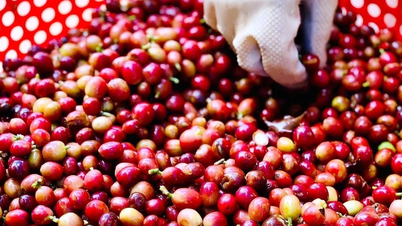




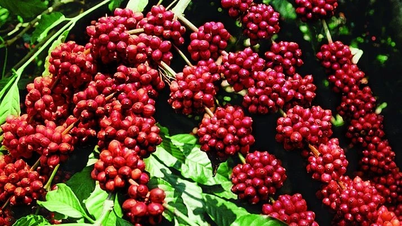
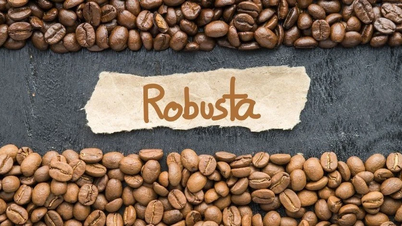
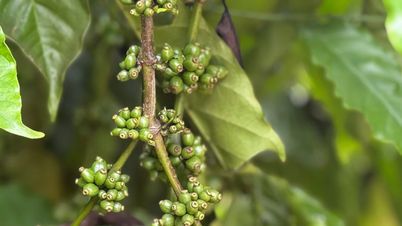




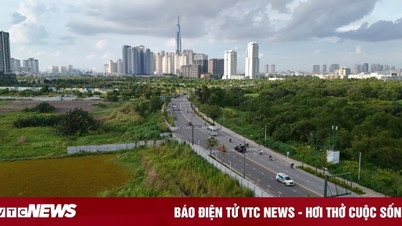



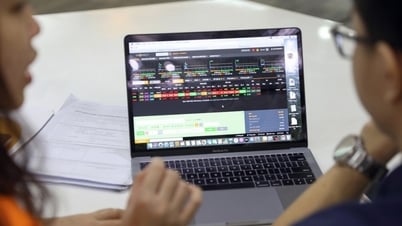






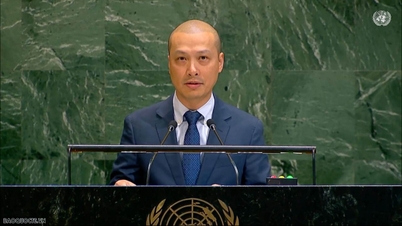





















































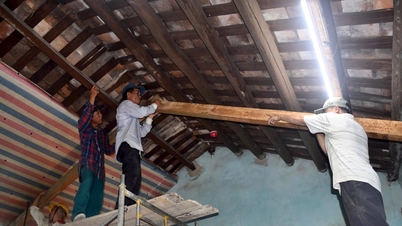
















Comment (0)